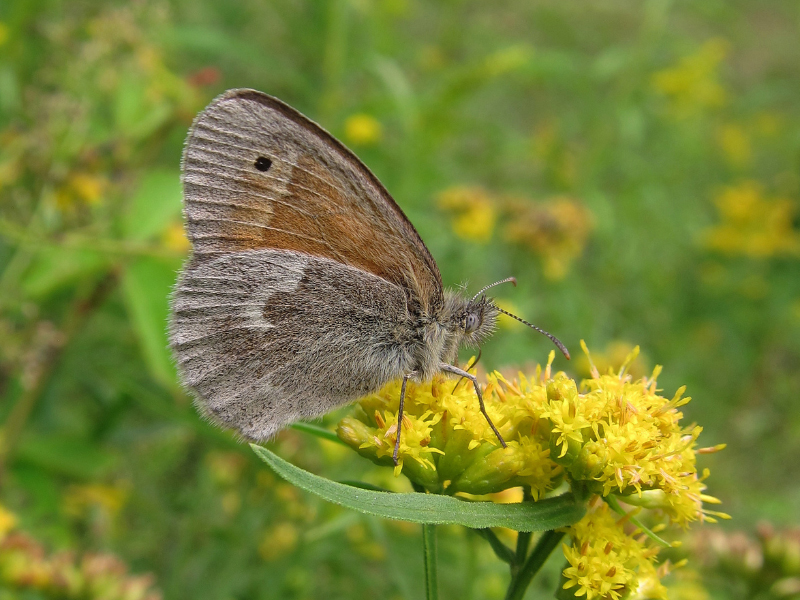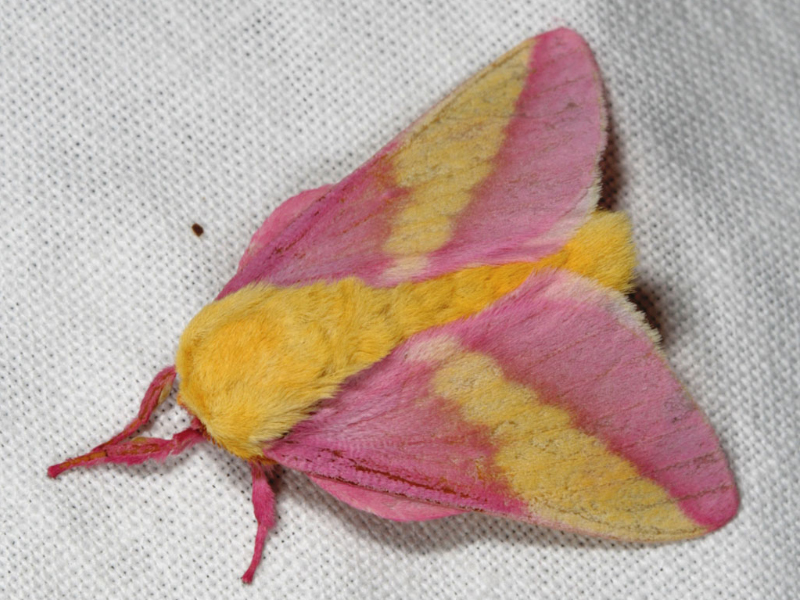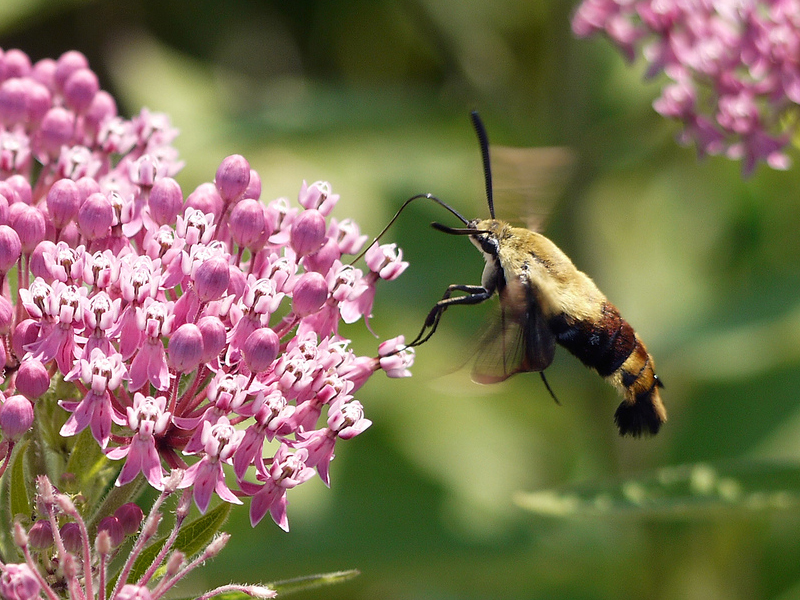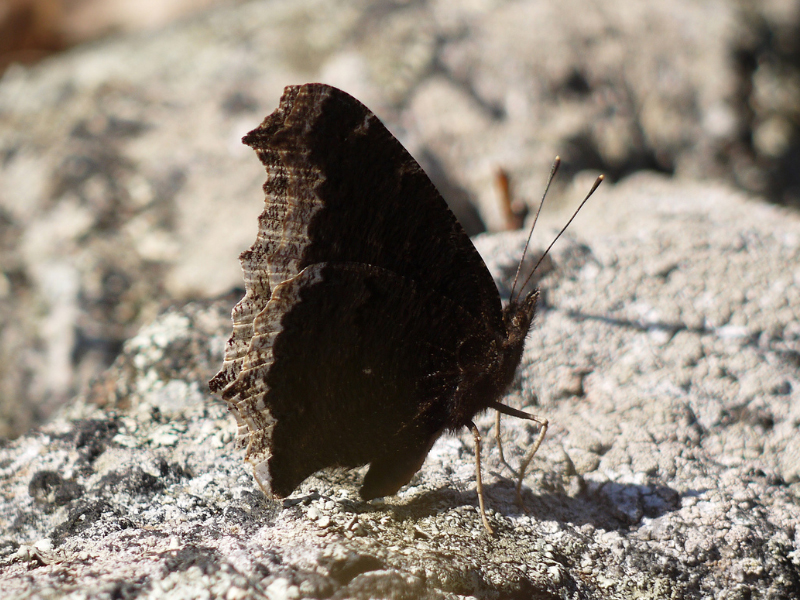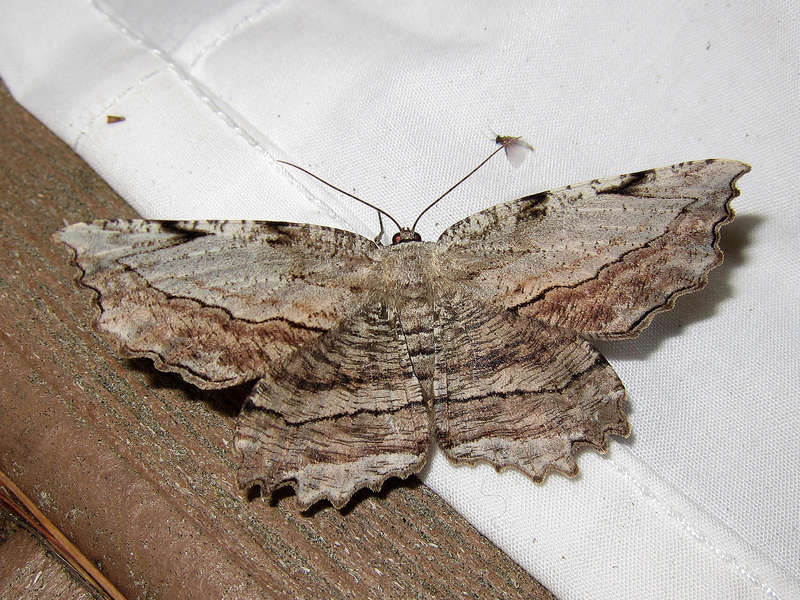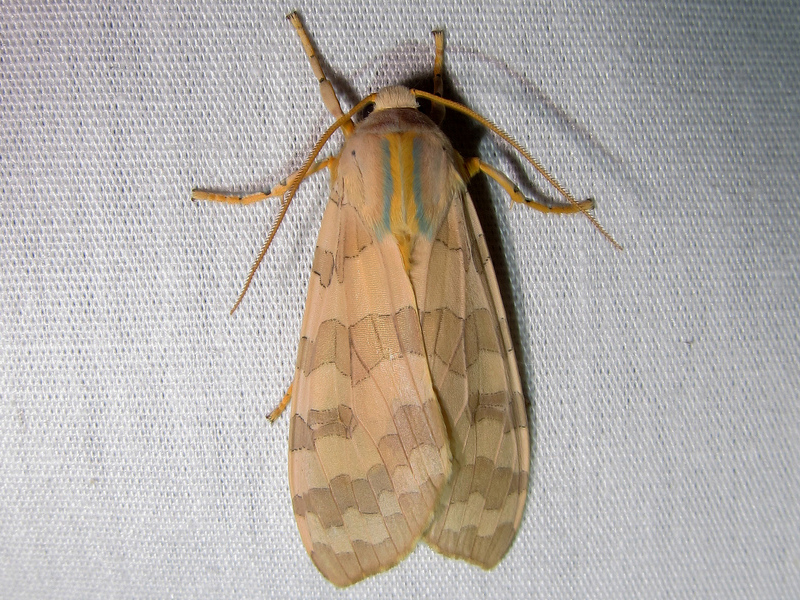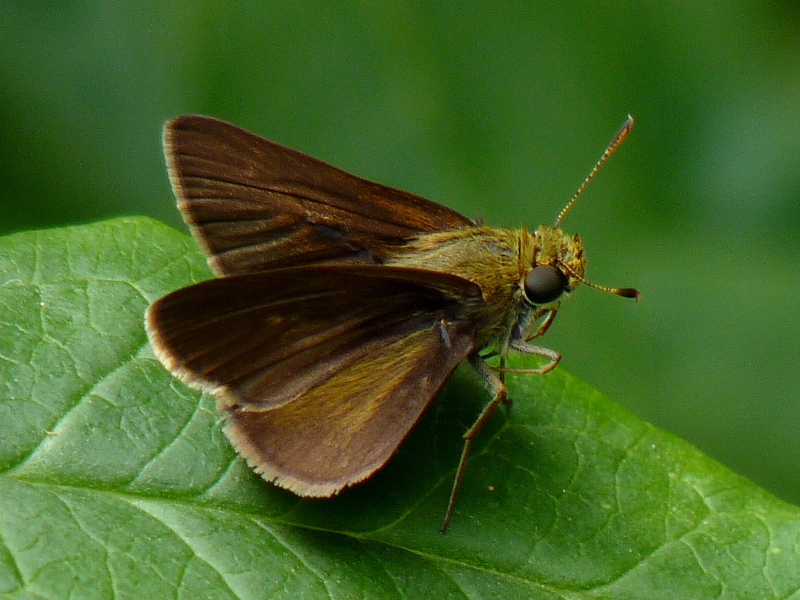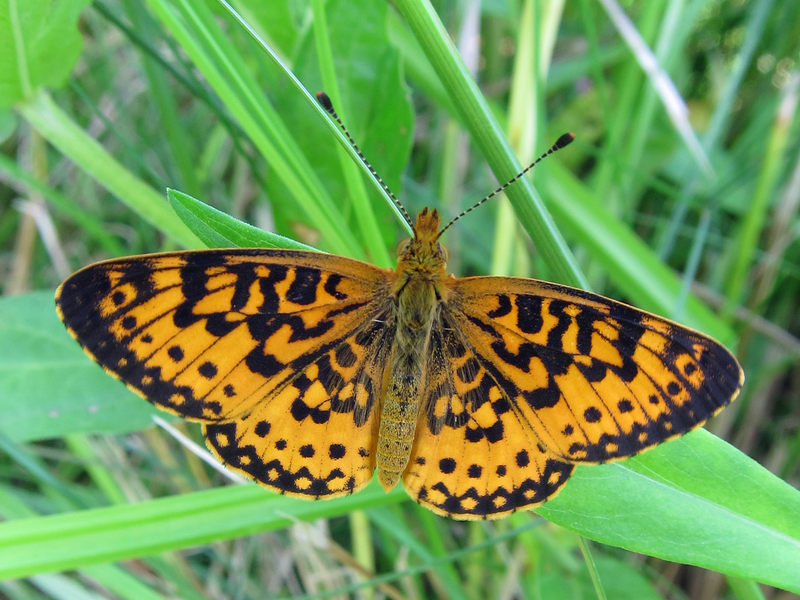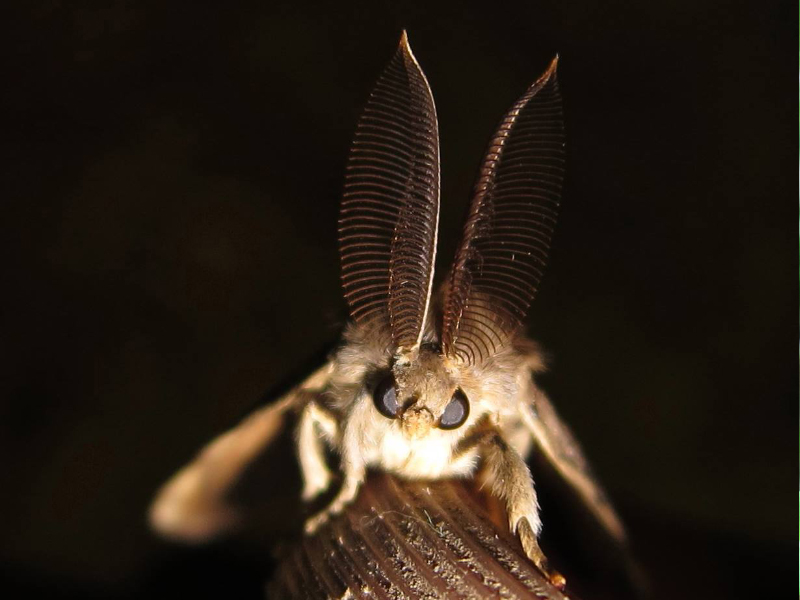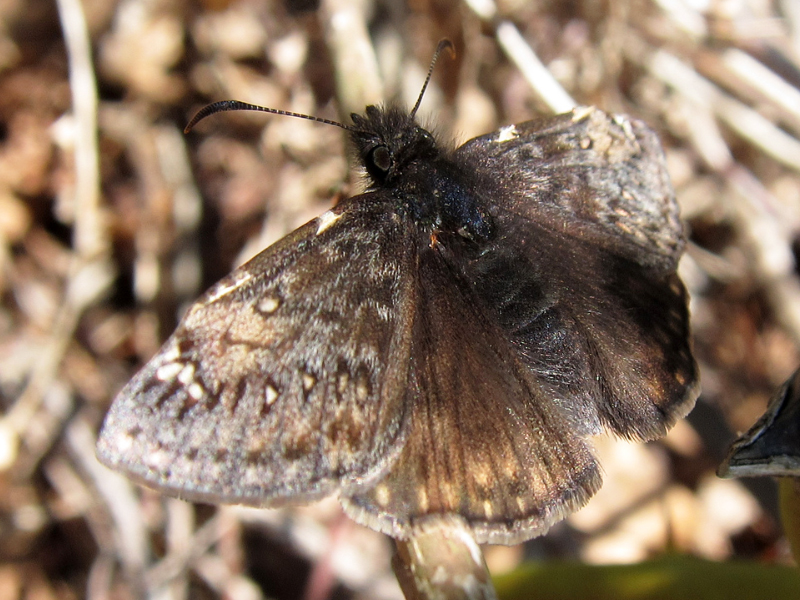Even though muskrats and beavers are only distantly related, they can be hard to tell apart. They’re both brown, rotund animals with bare, fleshy tails. They both swim, often paddling at the surface. And those famous dome-shaped lodges that industrious beavers build for their families? Muskrats make lodges, too! Here’s a quick guide to these two similar creatures.
Distant Relatives, Similar Habits
Like rats and mice, muskrats and beavers are both rodents. However, muskrats are much more closely related to hamsters than they are to beavers. How did two such distantly related animals come to share so many characteristics? As they evolved, they each independently hit on a set of traits that work very well in their particular habitat—a bit like two people coming up with the same great idea. This process, in which species converge on a similar set of characteristics, is called convergent evolution.
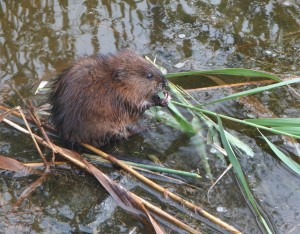 Muskrat |
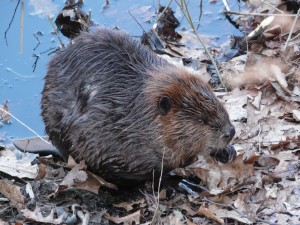 North American Beaver |
A Few Key Differences
Here’s how to tell these animals apart when you spot them while hiking or paddling:
- Size. Beavers are much larger than muskrats. Adult muskrats weigh up to about four pounds, whereas beavers average over 40 pounds.
- Swimming pattern. While swimming at the surface, muskrats expose much of their heads and backs. Their long, slender tails have triangular cross-sections, and make unmistakably clear cuts through the water. Beavers have flattened tails that they sweep up and down while swimming, but you typically won’t see more than just a beaver’s head above the water’s surface.
- Diet. Muskrats eat plants such as cattails, and sometimes consume animals such as crayfish. Beavers are exclusively vegetarian and eat the soft tissue under tree bark. If you see a stump that has been chiseled into a point, the culprit was a beaver.
- Structures. Beavers build dams in order to block off streams and create ponds, and muskrats do not. Both animals make lodges, which are dome-shaped structures where they sleep and give birth. However, muskrat lodges are smaller than beaver lodges, and they’re mostly made of plants like cattails, whereas beaver lodges are full of large sticks and logs. Either animal may also make a home by digging into a stream bank.
Practice your identification skills at a related program


